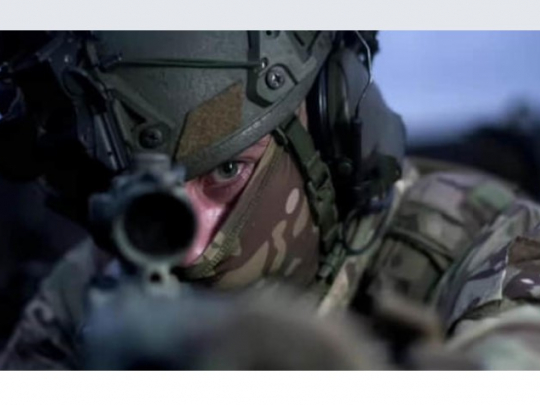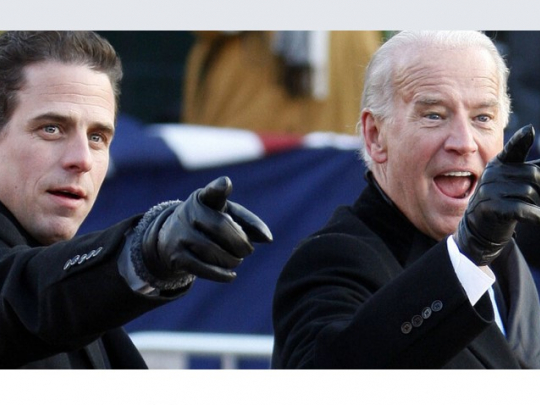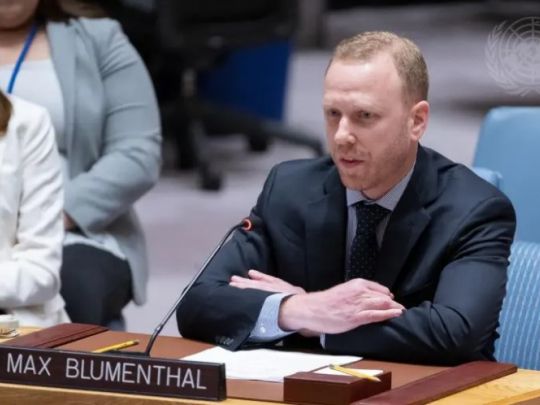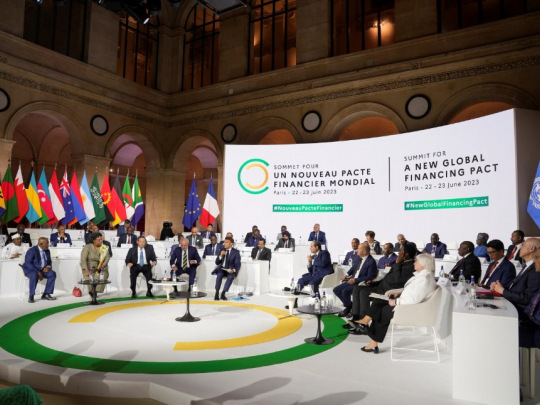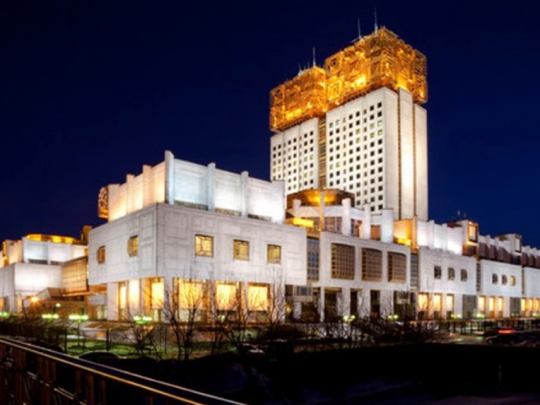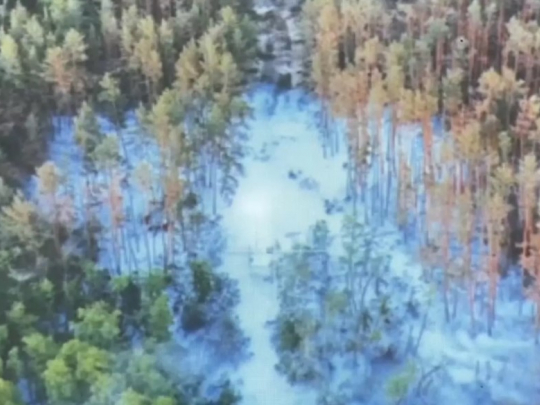Timeline Of Russian Military Attack On Ukraine
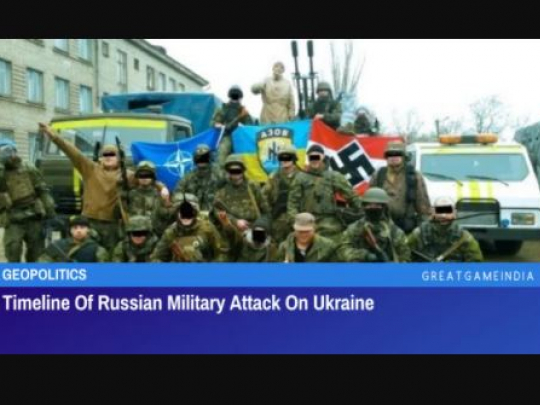
Moscow stated that it was compelled to use military force after Ukraine’s civil war in the east ceased to be resolved through negotiation. The timeline of the Russian attack on Ukraine shows why and how.
Overview
Early on Thursday morning, Russia began attacking military sites in Ukraine, just days after recognizing the independence of the two rebel republics of Donetsk and Lugansk. Moscow claims it is defending the people of the Donbass from Kiev’s aggression, and that it was compelled to use military force after Ukraine’s civil war in the east ceased to be resolved through negotiation.
Years of failed talks, violated ceasefire agreements, and a stalemate between Russia and the West over the 2014 coup that ousted the government in Kiev have led to this escalation.
The important events of the previous eight years that led to this conflict are listed below.
‘Euromaidan’ protests in Kiev end with West-backed coup
After then-President Viktor Yanukovich opted to postpone the signing of an EU association agreement, in late 2013 mass rallies in Kiev became known as ‘Euromaidan’ or simply ‘Maidan’ protests. Hardline nationalists joined the originally peaceful rallies, which escalated into violent rioting in Kiev and takeovers of administrative buildings around Ukraine. Pro-Western forces deposed Yanukovich’s administration in February 2014, and authorities with a pro-EU and anti-Moscow stance took power.
While the Maidan events were widely supported in western Ukraine, the eastern and southern regions, which have a substantial Russian-speaking population and strong historical ties to Russia, were vehemently opposed. Anti-Maidan protests were ruthlessly suppressed in cities such as Odessa. Pro-Russian rallies continued in the eastern Donetsk and Lugansk districts, as well as in the Black Sea autonomous republic of Crimea.
Crimea votes to leave Ukraine for Russia
In March 2014, the Republic of Crimea and the special-status city of Sevastopol, which had long hosted a Russian naval station despite the entire peninsula being ceded to Ukraine by the Soviet government in 1954, held a hasty vote in response to the Kiev coup. Crimea has decisively chosen to separate from Ukraine and reintegrate into Russia.
During the March events, Moscow confirmed that it utilized its forces stationed in the region to preserve stability, while Ukrainian troops either swapped allegiances or evacuated the Black Sea peninsula without incident. Kiev, like the majority of countries around the world, has refused to acknowledge Crimea’s plebiscite and reabsorption. The Western backers of the new Ukrainian government imposed sanctions on Moscow and the Crimean authorities, kicking off a tit-for-tat sanctions war.
Conflict breaks out in Donbass
Two areas in the ancient mining region of Donbass declared independence from Kiev in April 2014. The Ukrainian government launched a “anti-terrorist operation” in response to the creation of the Donetsk and Lugansk People’s Republics (DPR and LPR). The forces ordered to deal with the insurgents were accompanied by newly created “battalions” of volunteer fighters, many of whom had nationalist backgrounds. The attack lasted months, with intense shelling in the cities of Donetsk and Lugansk, and both sides reporting civilian casualties and huge losses.
The military in Kiev and Donbass have both accused each other of war crimes. The Ukrainian government blamed Russia for the “aggression,” but Moscow asserted that its forces had never entered the Donbass.
Minsk ceasefire puts an end to large-scale fighting
While combat in the Donbass never totally halted, it slowed significantly when international mediators signed accords in Minsk, Belarus. In February 2015, Kiev promised decentralized reform and substantial autonomy to the eastern provinces as part of the second ceasefire agreement brokered by Russia, France, and Germany between the Ukrainian government and insurgents.
The OSCE’s monitoring team was stationed along the “line of contact” dividing the Ukrainian army and DPR-LPR forces.
No reform, no peace for Donbass
Kiev and the separatist republics have accused one other of breaking the Minsk agreements on several occasions, but the promised reforms have never materialized. While additional rounds of talks in the same international ‘Normandy Format’ failed to generate significant results, the Ukrainian government continued to label DPR and LPR officials as “terrorists” and ruled off any direct engagement.
Ukrainian President Volodymyr Zelensky stated in February 2022 that he was “not satisfied with all provisions” of the agreements, arguing that Kiev and Moscow had differing perspectives on their implementation. As cross-border shelling persisted, Russia accused Kiev of abandoning the pact entirely. According to the UN, more than 13,000 people were slain in the violence between 2014 and 2020.
Road to escalation in Donbass
Allegations of a full-scale attack intensified in late 2021 and early 2022, both in Kiev and in the breakaway republics. Ukraine’s Western allies accused Moscow of plotting an aggressive military campaign in which significant areas of the nation would be overrun and the capital captured, while the Kremlin dismissed the charges and accused Kiev of organizing an offensive in the Donbass.
Donetsk and Lugansk officials accused the Ukrainian army of firing heavy artillery across the border last week. The DPR and LPR retaliated by evacuating huge numbers of people to Russia and declaring all military-age men to be mobilized. Ukraine denied that it was contemplating a full-scale invasion of the breakaway republics, blaming the DPR and LPR for the ceasefire violations.
Russia recognizes Donbass republics
On Monday, the DPR and LPR leaders petitioned the Kremlin to recognize the two republics as independent entities. On the same day, Russian President Vladimir Putin signed the recognition, citing Ukraine’s failure to execute the Minsk agreements and the ongoing attacks on Donetsk and Lugansk. Putin also signed friendship treaties with the DPR and LPR which included military aid.
Moscow launches ‘military operation’ in Ukraine
The Donbass republics asked Russia on Wednesday to assist them in repelling Ukrainian soldiers’ “aggression.” Putin retaliated on Thursday morning by ordering a military operation against Ukraine. He stated he was seeking the “demilitarization and denazification” of Ukraine in order to protect the people of the Donbass from what he called “genocide.” The president did not specify the extent of the operation or its duration.
The Russian Defense Ministry announced in a brief statement that “precision strikes” were being carried out on Ukrainian military sites, but did not explain where they were located. Strikes have been reported in cities across Ukraine, as well as potential invasions by Russian soldiers and armored vehicles from several directions, according to Ukrainian officials and media reports. Moscow has not confirmed or disputed that its ground forces have entered into Ukraine.
Kiev has proclaimed martial law and banned civilian flights from its airspace. Kiev, according to Zelensky, is severing diplomatic ties with Moscow.
What comes next?
Putin stressed on Thursday that Russian troops “don’t plan on occupying Ukrainian territories.” However, he told reporters on Tuesday that Moscow has recognized Ukraine’s former Donetsk and Lugansk administrative regions as the DPR and LPR. Since 2015, Ukrainian soldiers have had partial control of both regions. Yuri Maximov, a senior military official in Kiev, said 46,000 reservists will join the Ukrainian army, police, and border guards after the mobilization was announced.
In the meantime, President Zelensky has been lobbying with his Western partners to implement broad sanctions against Russia. Later on Thursday, the EU, the United Kingdom, and the United States were expected to announce a package of anti-Russian actions. NATO, which is headed by the United States, has stated that no troops will be sent to Ukraine.
It said it would instead “take additional steps to further strengthen deterrence and defense across the alliance” after an emergency session on Thursday. Moscow had previously highlighted NATO’s eastward expansion and the possibility of Ukraine joining as a major motivation for initiating its military action.
- Source : GreatGameIndia




